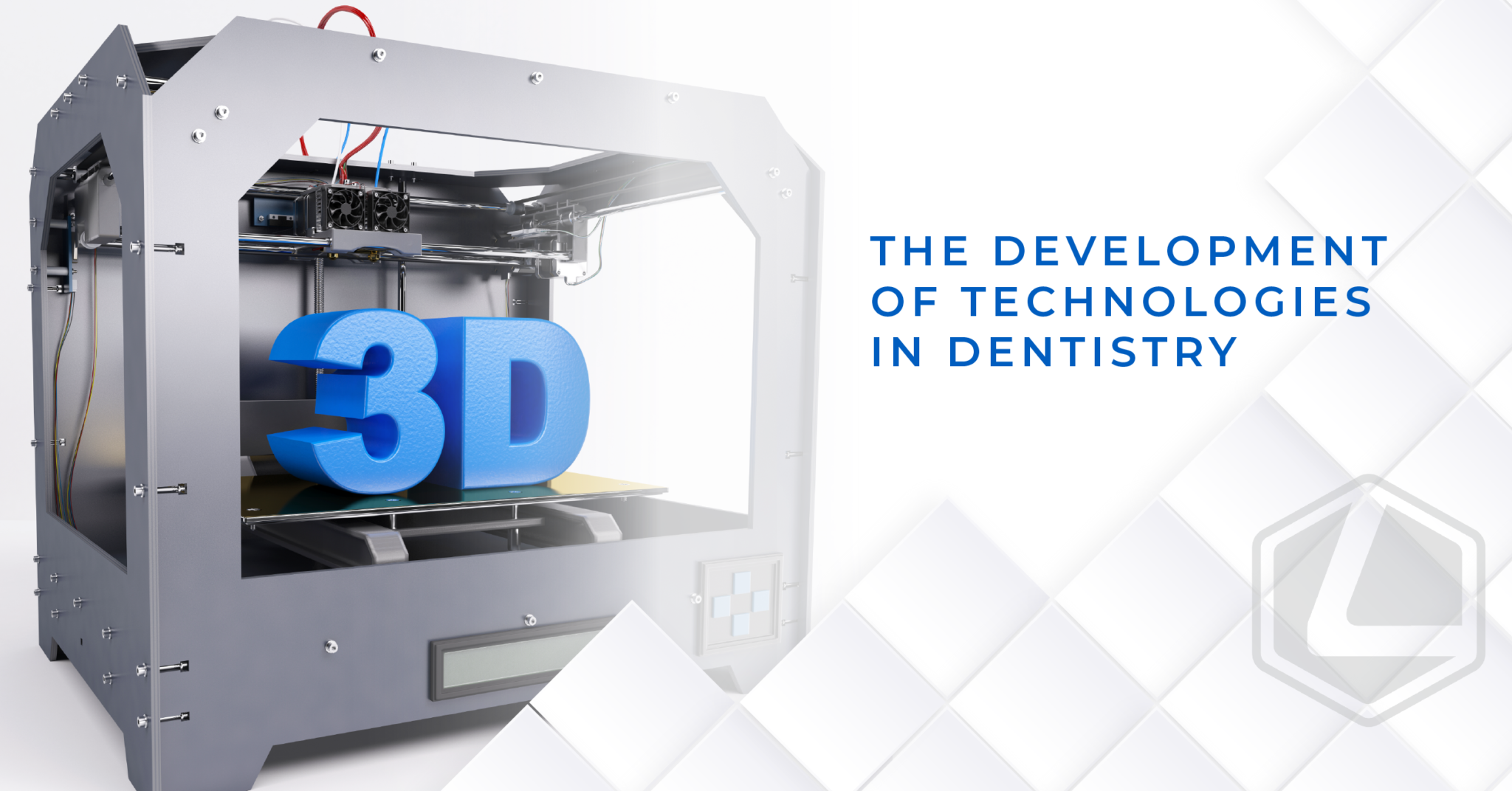The development of technologies such as 3D printing has caused the world to rethink how goods and services are normally produced today. And dentistry is no exception, for this, it means a huge leap in terms of excellence in both attention and the optimization of materials, times and costs.
How is 3D printing applied in dentistry?
3D printing, in the area of dental health, works based on a 3D dental printer, of which there is a wide variety of models with different specifications, (see here https://www.aniwaa.com/best-of/3d-printers/the-best-resin-3d-printer-sla-and-dlp/ ), a computer with specialized design software (CAD) and a 3D scanner, but it is not so simple, there are different ways to obtain the desired results, and each has its advantages and disadvantages which must be evaluated by the professional in charge. These can be molten deposition, photopolymerization, and selective synthesization. There is also one, light curing, which can be stereolithography or DLP, which offers a much higher resolution, with significant levels of detail and biocompatible materials, such as liquid resins. The choice will depend on the requirements of each particular case, some are very useful in the field of orthodontics and others for implantology, so it requires a thorough study by the dentist who will perform the procedure to determine the appropriate technology will be.
Implantology in one day
So far, the implantology area has been the most benefited with this type of technology, since it simplifies each step of the process when performing a new implant or dental prosthesis, which implies a reduction in costs for the patient, as well as waiting times. It also simplifies everything, just get to the office, let the doctor scan the oral cavity and in a matter of one or two hours, the piece will be ready. It’s that simple. As explained by Olivier Bellaton, CEO and founder of Biosummer3D: “The physical prosthesis will be replaced by a digital 3D print made by the dentist with an intraoral scanner (a camera that will reconstruct in 3D and in real-time the surfaces of the teeth and gums) This 3D file will be sent to the dental laboratory through a secure web platform. The laboratory will re-read the digital print and will model in its design software (CAD) the morphology of the crown taking into account the limits of the gum, the interference with other digitized teeth or even the shape of the patient’s smile with a scanner of the face. In case of doubt, a quick screen exchange shared with the dentist to validate the shape of the crown will suffice. The crown 3D file can be sent to a machining machine or a 3D printer for manufacturing. All that remains is to save and return the model to the dentist. This last step may even disappear if it is the dentist who performs a simple job with the 3D printer in your cabinet. All digital flow settings are possible. The process can take only a few hours, which in some cases allows the patient to make only one visit. ” Also, one of the main advantages that this technique brings is the precision in the measurements since, when everything is done digitally, each curve, each shape, and each fragment is made with pinpoint accuracy. It will always be a perfect piece. This ensures total patient satisfaction and, as an obvious consequence, an increase in the quality of life of those who require this type of dental solutions.
Implementation
This technique has not been extended as fast as was mainly foreseen by the refusal of some doctors to learn and study the use of the software required to make the designs to be printed. These professionals must master it and, in many cases, there is resistance at the time of training, which is not such an obvious part at the time of wanting to implement this new option in the office.
Although it is a clear breakthrough for the industry in many aspects, the truth is that its implementation requires a new work logic, specialized software training, the acquisition of a scanner and printer and the confidence of health personnel that you are going to get it right. However, those who have adopted it report a 70% increase in their sales, which shows that the change represents real profits.
The future of this new technology is promising, but it requires that oral health professionals be open to seeing their profession from a different perspective, if it is achieved, their success will be assured.



